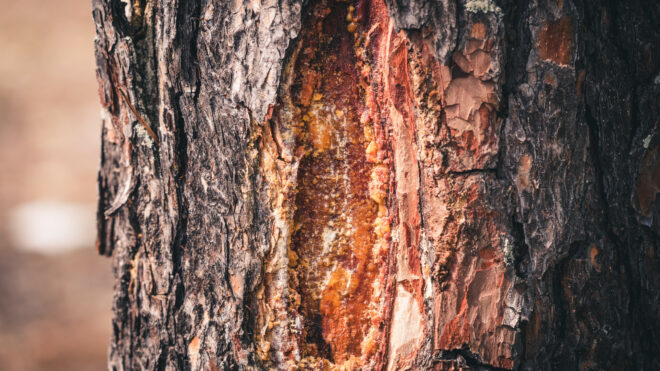Around one in twenty homeowners file a home insurance claim yearly. Some homeowners file claims for fire damage, while others file them for hail or water damage.
Homeowners also file claims for damage caused by trees falling on their homes. However, home insurance only sometimes covers damage caused by fallen trees. This is because homeowners must maintain their trees.
The insurance company might reject the claim if a homeowner experiences damage from failing to perform tree maintenance. As a result, you should learn how to spot a dead tree.
After all, a dead tree is a risk. So check out this guide to learn how to spot a dead tree before one falls and damages your home.
No Leaves
A dead tree is more likely to fall down than a healthy, living tree. Thus, it would help if you examined your trees to ensure they’re all healthy. As you examine them, look closely at the leaves.
You can judge tree health by its leaves, as a healthy tree has leaves on most branches. Conversely, a dead tree has few, if any, leaves on it.
As a tree dies, it stops producing leaves.
Fungus on the Tree Trunk
Secondly, dead trees often have fungi. When inspecting your backyard trees, look at the trunks. You’ll know a tree is in trouble if you see fungus or other strange growths on it.
Trees die for many reasons, but a common one is from tree diseases. Unfortunately, diseases can infiltrate trees just like they do with people, and they will eventually kill your trees.
You can treat tree diseases if you catch them when they begin. The best way to do this is by inspecting all your trees during your routine backyard maintenance.
Leaning
Next, you might look at the tree shapes and growth. For example, do you have any leaning trees? If so, do they have any other signs that they might be dead?
Leaning is a bad sign with trees. Leaning can indicate that a tree is dead, and leaning trees also pose risks to your home and property.
Missing Bark
As a tree dies, it stops soaking up water through its roots. As a result, it won’t produce leaves, but that is not the only effect. A dead tree also dries out.
Thus, take a look at the bark on your trees. Does it appear to be flaking off? Is a tree missing most of its bark?
You should hire a tree expert to address the dead trees you have on your property to protect your home and property.
Learn How to Spot a Dead Tree
Learning how to spot a dead tree is vital if you own a home. After all, dead trees pose risks to your house, and it’s a homeowner’s responsibility to maintain their trees.
If you have tree issues at your home, you can call a tree company for help. Contact us if you live in the Maple Valley area. We offer all types of tree issues and can help you with your tree issues.

